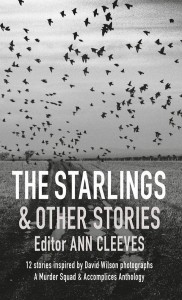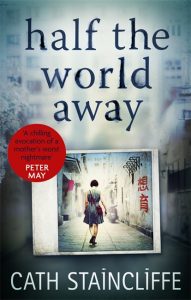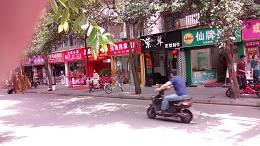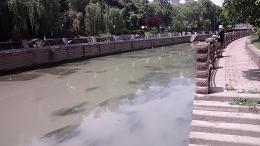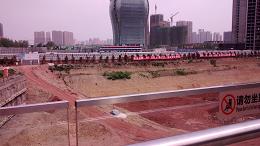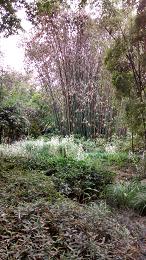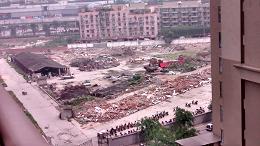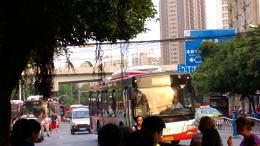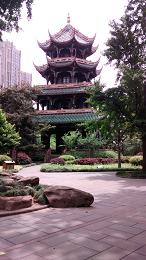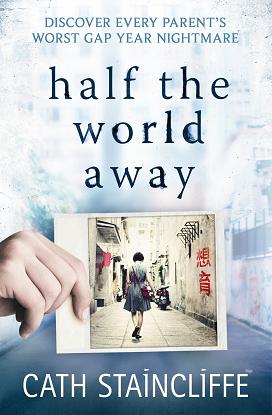Most but not all of these are crime. There’s a great range of styles and, I now notice, locations too. Hopefully you can find something here that you’ll enjoy as much as I did 🙂
The Cartel by Don Winslow
In Bitter Chill by Sarah Ward
The Lie by Helen Dunmore
And Sometimes I Wonder About You by Walter Mosley
After The Crash by Michel Bussi
Our Endless Numbered Days by Claire Fuller
The Girl Who Wouldn’t Die by Marnie Riches
EntryIsland by Peter May
A Song for Issy Bradley by Carys Bray
